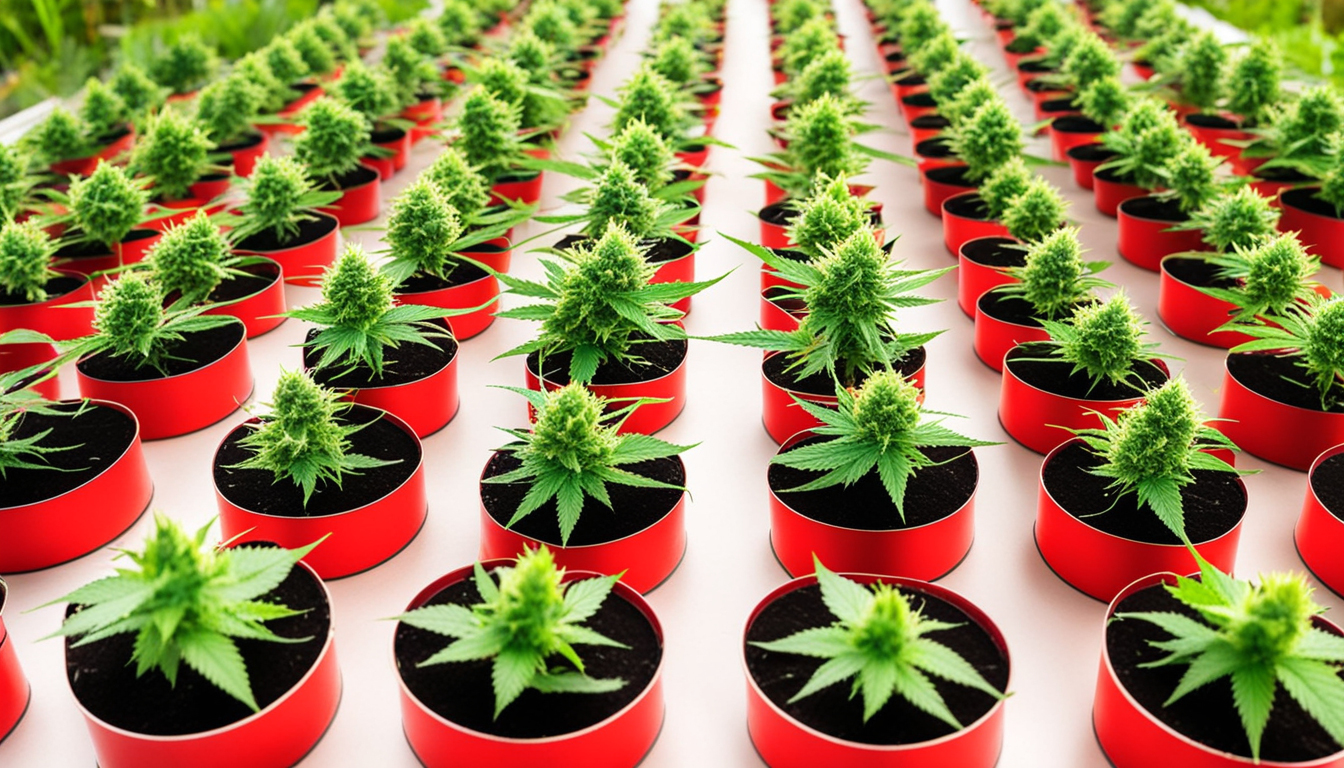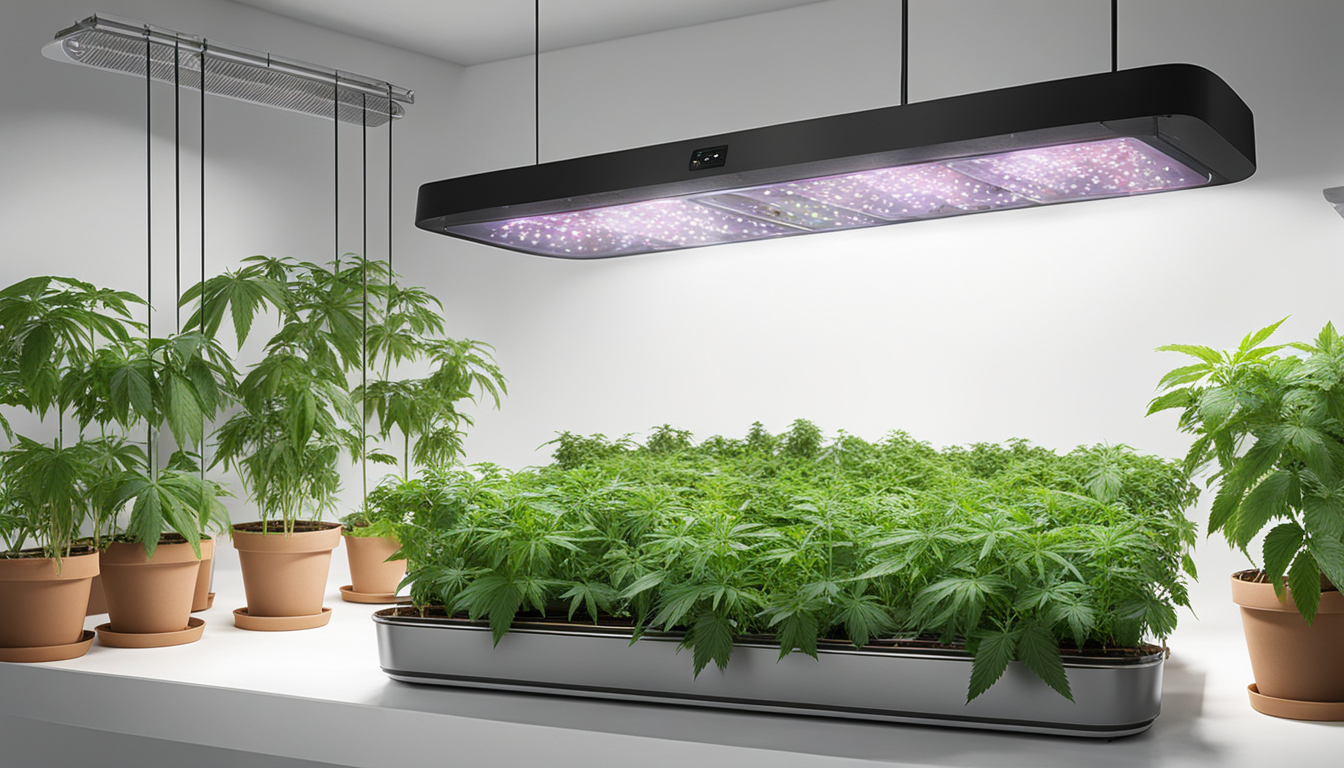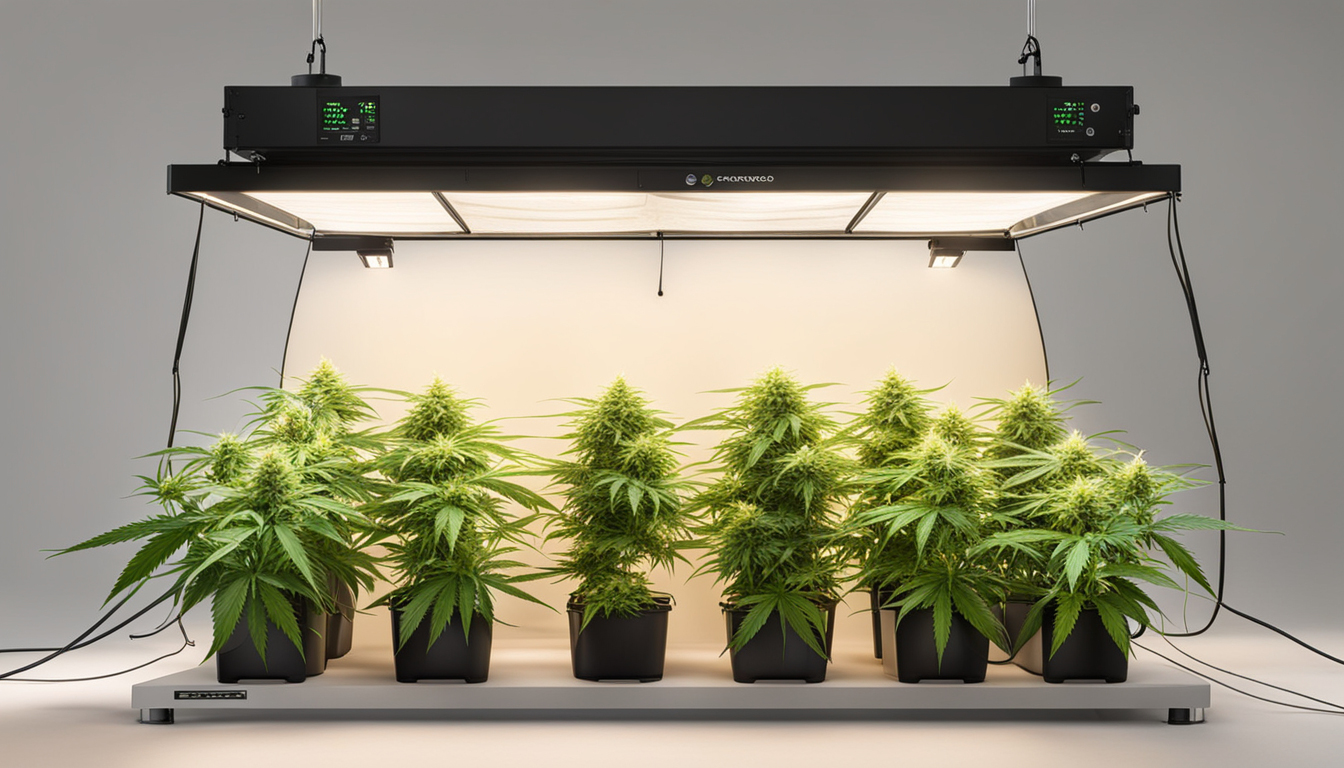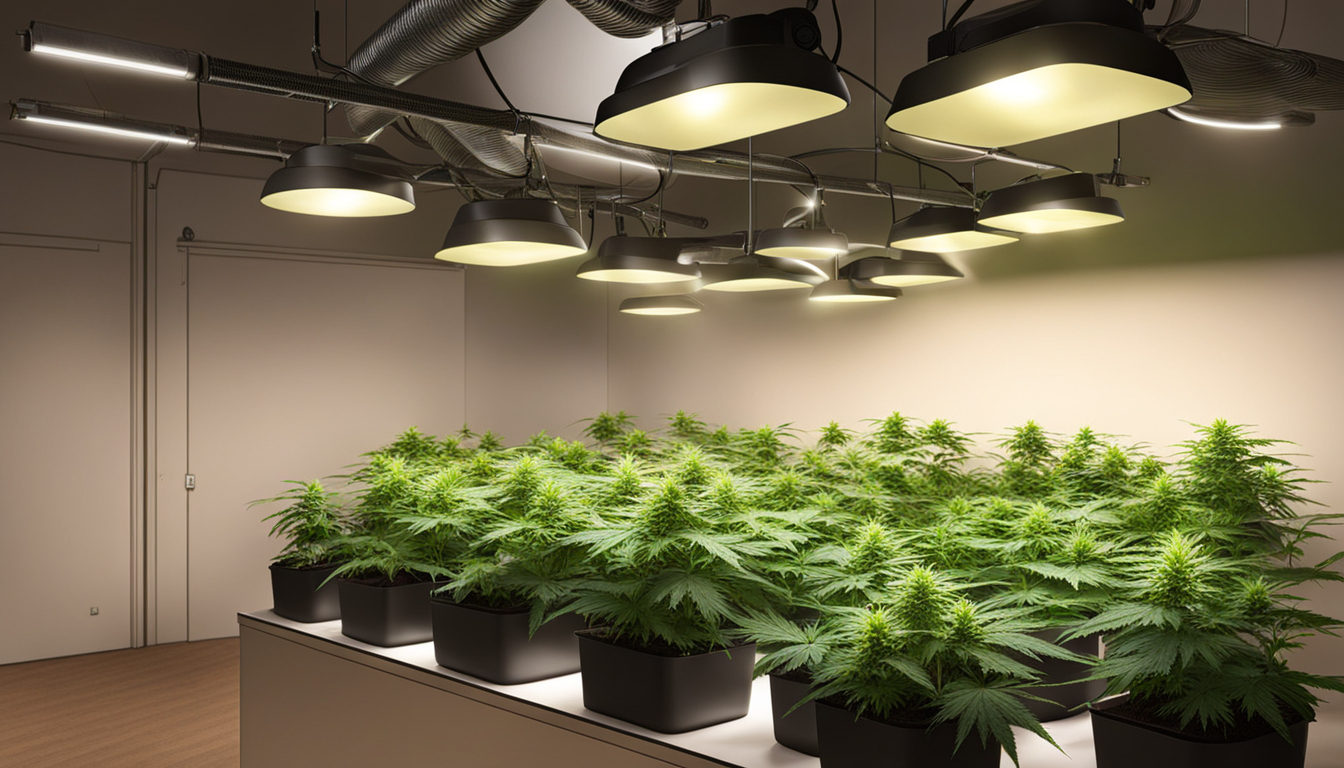
Whether you're new to weed production or looking to improve your existing harvest, following this complete guide will help you produce large, high-quality yields right at home. With the right gear, methods, and attention, cultivating cannabis indoors can be an extremely rewarding and cost-effective endeavor.
Choosing Weed Varieties
The first step in planning your indoor harvest is choosing the right pot strains to cultivate. The three main types of weed plants each have their own traits.
Energizing strains
Known for their invigorating mental effects, these strains spread tall and slender with narrow leaves. They flourish in hotter tropical climates and have a longer blooming time between 2.5-3 months indoors. Top energizing varieties include Jack Herer, Durban Poison, Super Lemon Haze, and Jack Herer.
Relaxing strains
These strains provide calming body-focused effects and spread short and bushy with wide leaves. Accustomed to cooler mountain climates, they flower faster within 8-9 weeks. Popular indica strains include Granddaddy Purple, Northern Lights, and Bubba Kush.
Hybrids
Hybrid strains blend traits from both sativas and relaxing strains. They offer blended effects and have medium blooming times around 2.25-2.5 months. Popular mixes are Blue Dream, OG Kush, and Blue Dream.

Setting Up Your Cultivation Space
Marijuana plants need the right controlled environment to thrive. Key factors for indoor grows are lighting, airflow, layout, and finding the ideal discreet area.
Location
Choose an empty space with easy access to water and power outlets. An empty extra bedroom, unused closet, basement corner, or grow tent securely placed in a garage all make great discreet grow room spots.
Lighting
Pot requires strong light for all growth stages. LED grow lights are efficient and come in broad spectrum options mimicking natural outdoor light. Cover 15-25 watts per sq. ft for the vegetative stage and 20-40 watts per sq. ft. for flowering.
Ventilation
Proper ventilation and exhaust systems maintain ideal temperature, moisture, and fresh CO2 levels. Set up silent 4-6 inch blowers or scrubbers to refresh stale air and reduce odors.
Layout
Optimize your space by positioning plants strategically under the lamps and leaving room to access and work around them. Set up distinct zones for vegetation, bloom, drying, and cloning.

Growing Substrates
Cannabis can be cultivated in different mediums, each with benefits and cons. Pick a proper option for your particular setup and growing style.
Soil
The traditional medium, soil is cheap and easy for beginners. It provides excellent flavor but needs more watering and nutrients to feed plants. Amend soil with vermiculite or coco to improve aeration.
Coco Coir
Made from coir, renewable coco coir holds water but still allows air to the roots. It's cleaner and more consistent than soil. Use coco-specific nutrients to prevent calcium buildup.
Hydroponics
In water systems, plant roots grow right in fertilizer water solution. This allows quick growth but needs close observation Subscribe Now of water chemistry. DWC and drip systems are common methods.
Sprouting Seeds
Germination activates your pot seeds to begin sprouting radicles. This readies them for planting into their growing medium.
Towel Method
Place seeds between damp paper towel and keep them damp. Check after 2-7 days for growing radicles indicating germination is complete.
Planting directly
Insert seeds directly into wetted cultivation medium 1⁄4 inch deep. Gently water and wait 7-14 days until seedlings push through the top.
Cubic rockwool
Soak rockwool cubes in balanced water. Place seeds 6mm deep into the cubes. Keep cubes wet until sprouts appear within 1-14 days.
Transplanting Seedlings
Once germinated, pot seedlings need to be transplanted to avoid crowding. Move them into proper sized pots.
Preparing Containers
Fill final pots with cultivation medium enriched with time-released nutrients. Allow containers to absorb water for 8-12 hours before repotting.
Carefully Transplanting
Carefully loosen young roots from sprouting medium using a spade. Place into prepared container at same depth as before and gently water in.
Growth Stage
The growth stage encourages foliage and plant form through Learn More 18-24 hours of daily light exposure. This stage usually lasts 4-8 weeks.
Using 3/4 to full day of Lighting
Use lamps on a 24 daily schedule or natural sunlight to trigger constant photosynthesis. Light intensity influences size and node distance.
Nutrients
Use grow stage fertilizers richer in N. Make sure pH remains around 5.8-6.3 for full fertilizer uptake. Fertilize 25-50% concentration after 14 days and strengthen slowly.
LST and topping
Fimming, Request More Info LST, and scrogging manipulate growth patterns for even canopies. This boosts yields.

Flowering Stage
The flowering stage grows buds as plants reveal their sex under a 12 hour cycle timing. It lasts 8-12 weeks depending on strain.
Changing Light Schedule
Switch lamps to 12/12 or place outdoors for natural 12 hour cycle. This triggers plants to start blooming.
Flushing
Flushing removes fertilizer residuals to enhance flavor. Feed weakly the first weeks then just use pH'd water the last 2 weeks.
Flushing
Maintain 12/12 light timing but flush using pH-balanced water only. Return to clean watering if buds aren't mature after two weeks.
Reaping
Recognizing when weed is fully ripe ensures peak potency and aroma. Cut down plants at peak ripeness.
Identifying Ripeness
Look for fading pistils, swelling calyxes, and 5-15% amber trichomes. Check buds around the plant as they don't all mature evenly.
Harvesting plants
Use clean, sharp trimming scissors to gently cut each plant at the base. Keep 5-10cm of stem attached.
Curing
Hang whole plants or colas upside down in a lightless room with moderate temperature and RH around 45-65% for 7-14 days.
Aging
Aging continues drying while improving the buds like aged spirits. This process mellows harshness and intensifies cannabinoid and terpene profiles.
Curing containers
Trim cured buds from stems and store into sealed containers, filling about 75% capacity. Use a hygrometer to monitor jar humidity.
Opening jars daily
Open containers for a few hours each day to slowly reduce humidity. Remoisten buds if RH drops below 55%.
Long term storage
After 2-3 weeks when humidity levels off around 55-65%, do a final trim and keep long-term in airtight jars.
Troubleshooting
Even seasoned growers run into different weed plant problems. Detect issues soon and address them correctly to maintain a vibrant garden.
Nutrient Deficiencies
Chlorosis often indicate inadequate nitrogen. Anthocyanins and leaves show low phosphorus. Check pH and increase nutrients slowly.
Pests
Thrips, aphids, fungus gnats, thrips, and nematodes are common marijuana pests. Use organic sprays, ladybugs, and yellow traps for natural control.
Powdery mildew
Excessive humidity promotes powdery mildew and bud rot. Increase airflow and venting while lowering RH below 50% during flowering.

Conclusion
With this complete indoor marijuana growing guide, you now have the knowledge to grow plentiful strong buds for personal harvests. Apply these techniques and methods throughout the seed starting, vegetative, and flowering stages. Spend in good gear and carefully monitor your plants. In time, you'll be rewarded with frosty fragrant buds you raised yourself under the patient guidance of your green thumbs. Happy growing